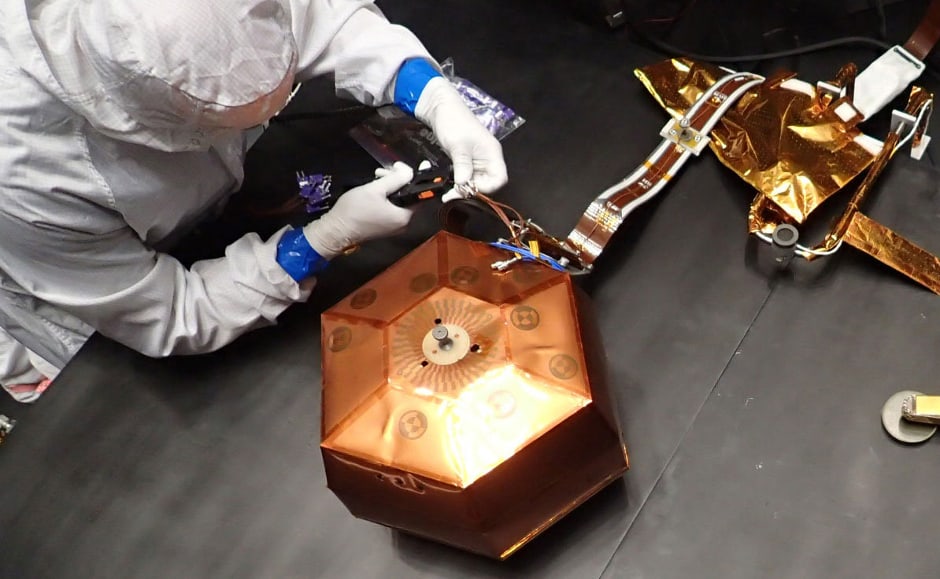A UK-built instrument designed to measure seismic waves on Mars has set off to the Red Planet as part of NASA’s InSight mission.

The InSight mission - Interior Exploration using Seismic Investigations, Geodesy and Heat Transport – launched from California aboard a United Launch Alliance Atlas V rocket on Saturday 5, 2018.
The InSight Lander will use its instruments to help increase scientific understanding of the formation and evolution of terrestrial planets, and determine current levels of tectonic activity and meteorite-impact activity on Mars, factors which could provide valuable knowledge about such events on Earth.
The UK Space Agency has invested £4m in the short period Seismometer (SEIS-SP), which NASA said is part of a six-sensor seismometer that combines two types of sensors to measure ground motions over a wide range of frequencies.
This will be on the surface of Mars to measure seismic waves from so-called Marsquakes. Scientists expect to detect anywhere between a dozen and a hundred of these tremors up to 6.0 on the Richter scale over the course of two years.
Prof Tom Pike from Imperial College London is leading a team with Dr Simon Calcutt from Oxford University and support from STFC RAL Space, to the work on SEIS-SP.

Prof Tom Pike said: “It’s been enormously challenging to put together such a small sensor with the performance we need to detect Marsquakes. We’ve had the support of the UK Space Agency, and their considerable patience. Now we finally get to see our microseismometers leave the launch pad, next stop Mars.”
The spacecraft is due to arrive on the surface of Mars on 26 November. The mission will conduct six science investigations on and below the surface of Mars to uncover the evolutionary history that shaped all of the rocky planets in the inner solar system.
Other instruments on board include RISE (Rotation and Interior Structure Experiment), which will use InSight's direct radio connection with Earth to assess perturbations of Mars' rotation axis, and HP3 (heat flow and physical properties probe), which will study heat flow by embedding a temperature sensor under the surface of Mars.
The UK space sector is also involved in the ExoMars mission which will search for evidence of life on Mars using a rover on the surface and a spacecraft in orbit above it.
The rover is designed and built in Britain by Airbus for launch in 2020 and the spacecraft recently returned the first photos from its new orbit showing an ice-filled, Martian crater. The UK and Airbus are also involved in a mission to the closest planet to the Sun, Mercury, called BepiColumbo, which is due to launch later this year.




Poll: Should the UK’s railways be renationalised?
Correlation does not equal causation! That's a hugely simplified view of things and ignores things like increasing car ownership, increasing commuting...